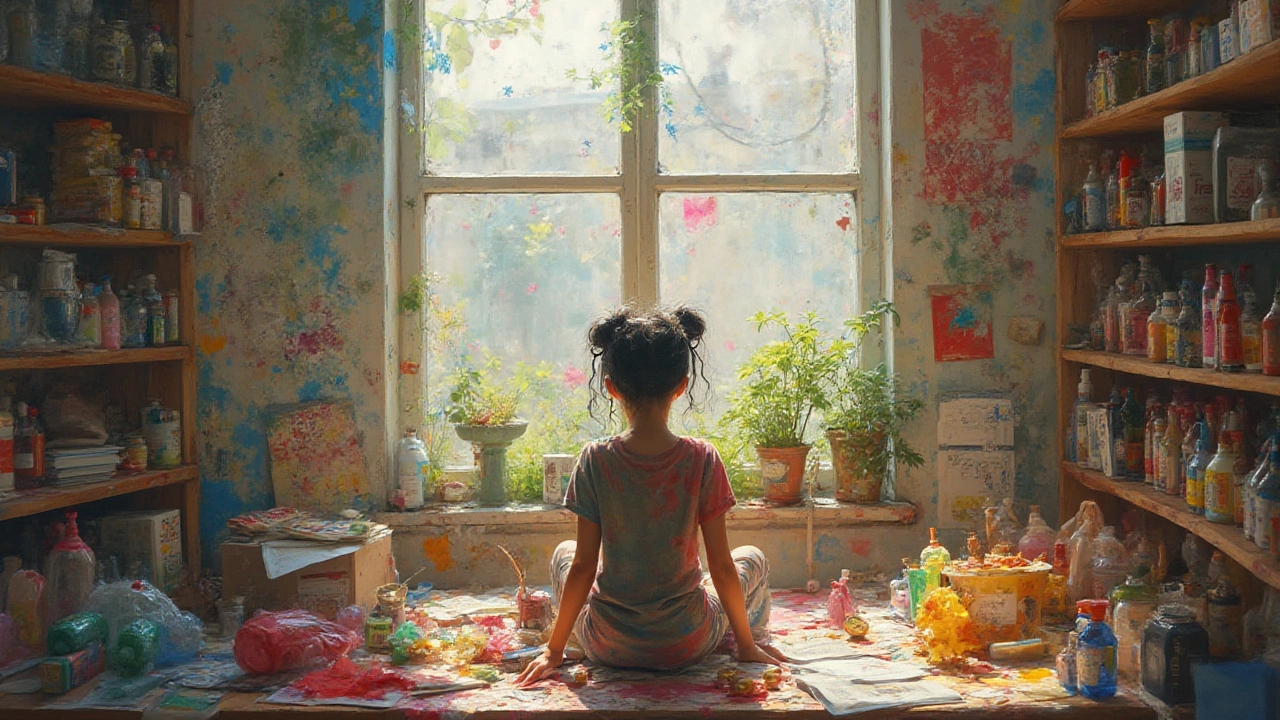Sculpture Tips: Simple Steps to Your First Successful Piece
Want to turn a lump of clay or a block of wood into something you’re proud of? You don’t need years of training—just a few solid tips and the willingness to get a little messy. Below are the basics that get most beginners from "what’s that?" to "wow, I made that!"
Pick the Right Material for Your First Project
Start with a material that’s easy to shape and forgiving. Air‑dry clay, plaster, or soft wax are great because they don’t require a kiln or special chemicals. If you’re curious about metal, try a small aluminum wire armature and cover it with epoxy putty—you’ll still be working with a hand‑friendly medium.
Don’t buy the most expensive brand right away. A 2‑lb block of air‑dry clay from the craft aisle works fine for practice. The key is to have enough to experiment without feeling wasteful.
Build a Simple Armature to Support Your Form
An armature is like a skeleton for your sculpture. Use aluminum wire, pipe cleaners, or thick cardboard strips to create a basic shape. Bend the wire into the pose you want, then secure the joints with masking tape.
Why bother? The armature holds the weight of the material and prevents sagging, especially when you work with softer clays that can slump under their own mass. It also gives you a clear visual guide, so you spend less time guessing where to add volume.
For a simple bust, start with a vertical wire for the spine, add a horizontal piece for the shoulders, and attach smaller wires for the chin and jaw. Then you can start building up the bulk around those lines.
Once the armature is set, apply the material in thin layers. Thin layers dry faster and let you correct mistakes before they harden. Use a small spatula or even a sturdy spoon to smooth the surface as you go.
Essential Tools You Can Find at Home
You don’t need a professional sculpting kit. A few kitchen knives, a toothbrush (for texture), sandpaper, and a soft cloth are enough to start. A wooden dowel works as a makeshift sculpting tool for pulling and shaping.
When you need detail, roll a piece of paper into a tight coil and use the tip to carve fine lines. The more tools you experiment with, the more options you’ll have for different textures.
Remember to keep your tools clean. A quick rinse after each use prevents unwanted colors or grit from mixing into your next piece.
Safety First, Fun Second
Even gentle materials can cause a mess. Wear a disposable apron or old shirt, and keep a damp cloth nearby to wipe away excess clay. If you’re using plaster or any powder, wear a dust mask—those fine particles can irritate your lungs.
Work in a well‑ventilated area, especially if you’re using epoxy or resin for finishing. A simple open window does the trick.
Finishing Touches that Make a Difference
After your sculpture dries, sand rough spots with fine‑grit sandpaper. A light coat of acrylic sealer protects the surface and brings out the true colour of the material.
If you want colour, acrylic paints work well on air‑dry clay. Apply thin layers, let each dry, and build up depth. A final matte or gloss varnish adds a professional look.
Lastly, step back and look at your work from different angles. Small adjustments—like smoothing a cheek or adding a tiny curve to a finger—can turn a good piece into a great one.
With these sculpture tips you can start simple, experiment often, and watch your confidence grow. Grab some clay, a piece of wire, and give it a try today. The next masterpiece might just be a few minutes away.
